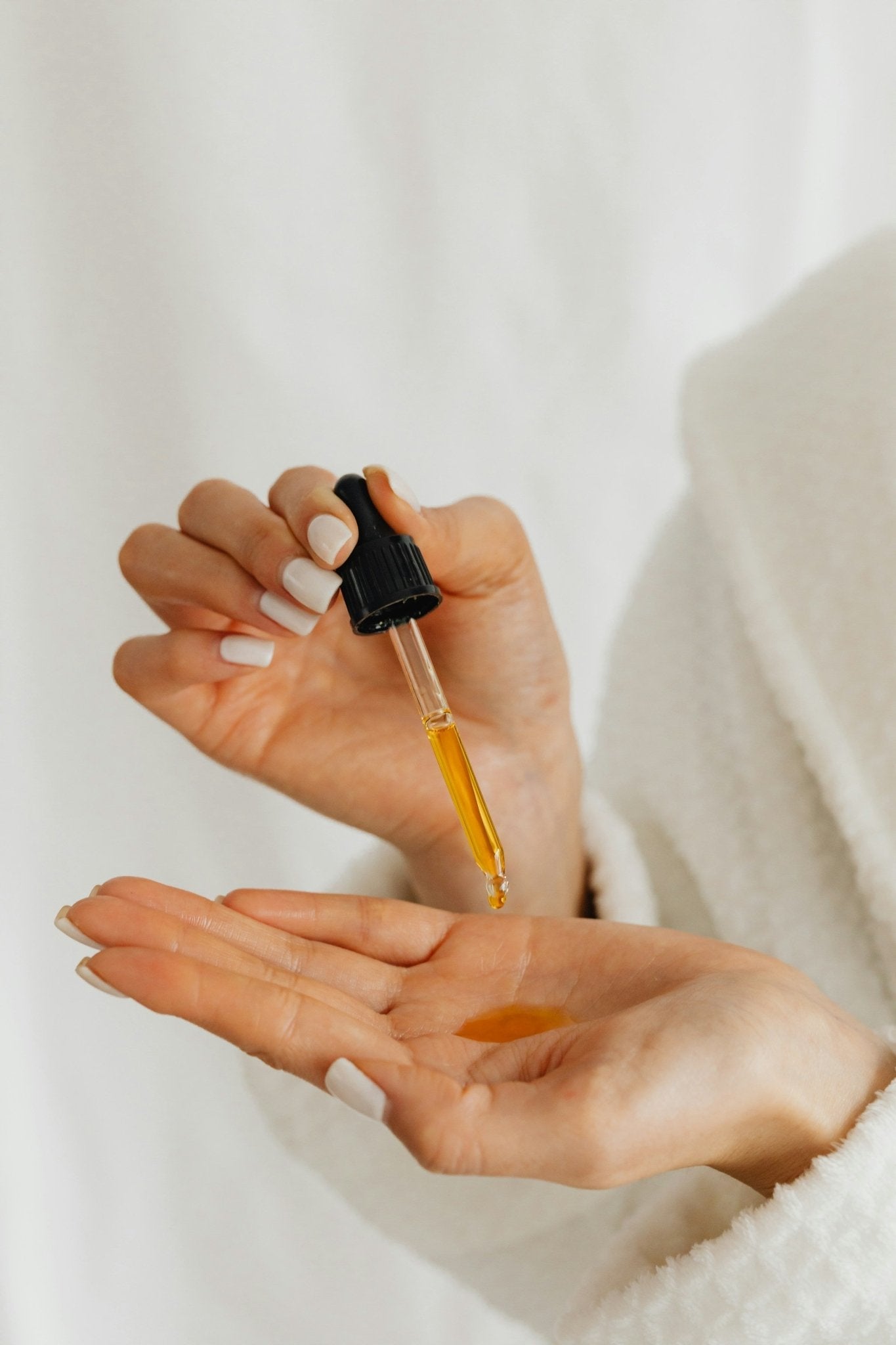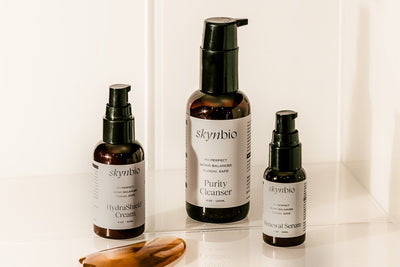Top Ingredients to Avoid if You Suffer from Fungal Acne
Fungal acne (also known as Malassezia folliculitis) is often misdiagnosed and mistreated. Many people use products that unknowingly feed the yeast responsible for this condition, making things worse instead of better.
If you’ve been battling stubborn breakouts that don’t respond to traditional acne treatments, the culprit might be your skincare ingredients. The good news? Once you know what to avoid, you can start healing.
🧬 What Is Fungal Acne?
Unlike bacterial acne, fungal acne is caused by an overgrowth of yeast (Malassezia) that naturally lives on the skin. When this yeast multiplies (often due to heat, humidity, or the wrong skincare) it clogs hair follicles and leads to uniform, itchy bumps, often on the forehead, back, or chest.
🚫 Ingredients That Feed Fungal Acne
Malassezia feeds on certain oils, fatty acids, and esters commonly found in moisturizers, cleansers, and even makeup. To manage or prevent flare-ups, it’s critical to eliminate these triggers from your routine.
Here are the top ingredient categories to avoid:
-
Fatty Acids & Esters
These are major food sources for Malassezia yeast.
Examples: Oleic acid, lauric acid, isopropyl myristate, glyceryl stearate, PEG-100 stearate
-
Fermented Ingredients
While often marketed as good for the microbiome, fermented extracts can worsen fungal acne.
Examples: Galactomyces ferment filtrate, lactobacillus ferment, sake extract
-
Oils High in Oleic Acid
These can disrupt your skin barrier and feed yeast.
Examples: Olive oil, sunflower oil, argan oil, marula oil
-
Polysorbates
Common emulsifiers that break down into fatty acids.
Examples: Polysorbate 20, 60, 80
-
Silicones + Occlusive Waxes
These don’t directly feed yeast but trap heat and moisture (creating the perfect environment for overgrowth).
Examples: Dimethicone, cetyl alcohol, cetearyl alcohol
-
Sulfates & Harsh Surfactants
These disrupt the skin barrier, making it more vulnerable.
Examples: Sodium lauryl sulfate (SLS), ammonium laureth sulfate
🧴 Hidden Triggers in Your Routine
Fungal acne isn’t just about skincare. It can also be affected by body wash, shampoo, conditioner, and makeup. Anything that sits on your skin or hairline could be contributing to breakouts.
Always check ingredient lists—even those “clean beauty” products, which often include fungal-feeding oils and esters.
✅ What to Use Instead
If you’re ready to go fungal-safe, look for:
- Oil-Free, Lightweight Formulas
- pH-Balanced Cleansers that won’t strip the skin
- Ingredients like zinc PCA, sulfur, azelaic acid, or Ziziphus Joazeiro Bark Extract (found in Skynbio’s Renewal Serum)
- Moisturizers made with squalane, panthenol, allantoin, or urea
🌿 Skynbio’s Commitment to Fungal-Safe Skincare
At Skynbio, we know how frustrating fungal acne can be. Especially when you’re doing “everything right” and still breaking out.
That’s why our entire line is free from esters, fatty acids, occlusive oils, and other known triggers. Instead, we use clinically backed, microbiome-safe ingredients to support your skin from the inside out.
💡 Stop feeding the problem. Start healing your skin (safely)!




